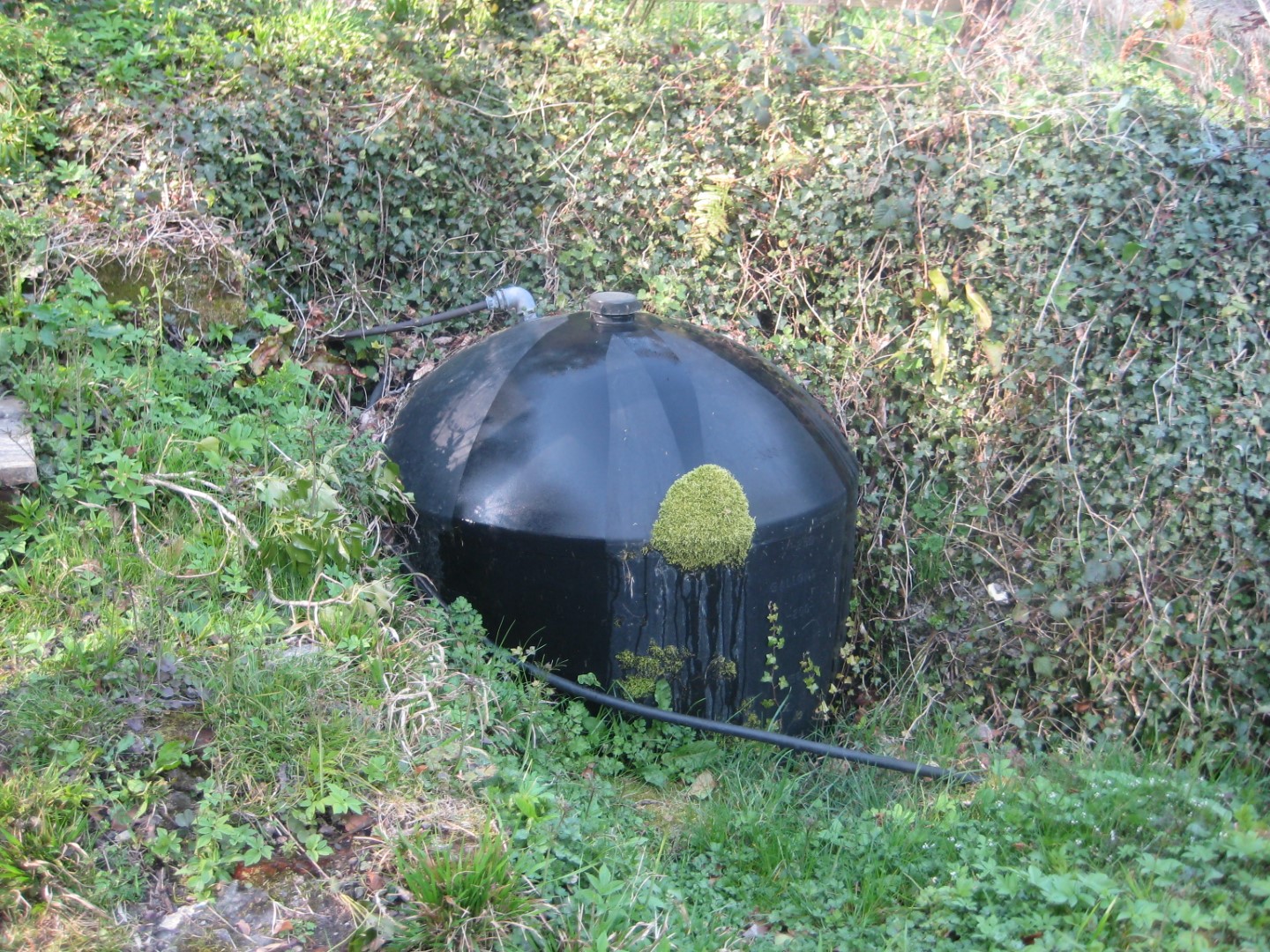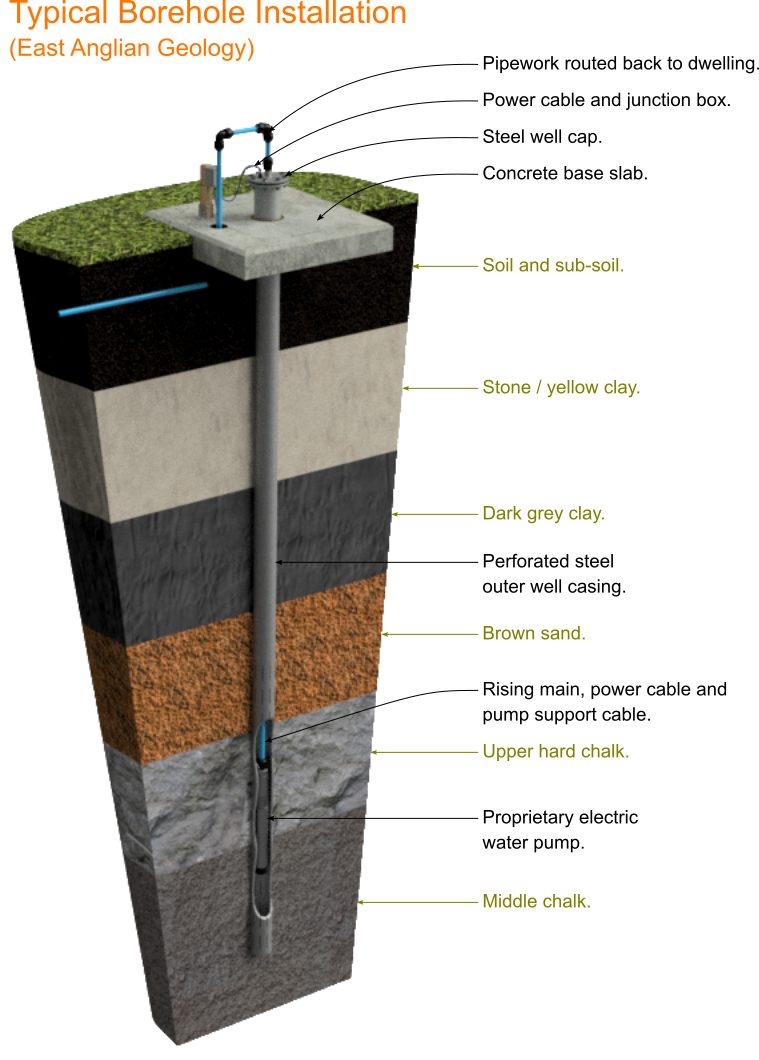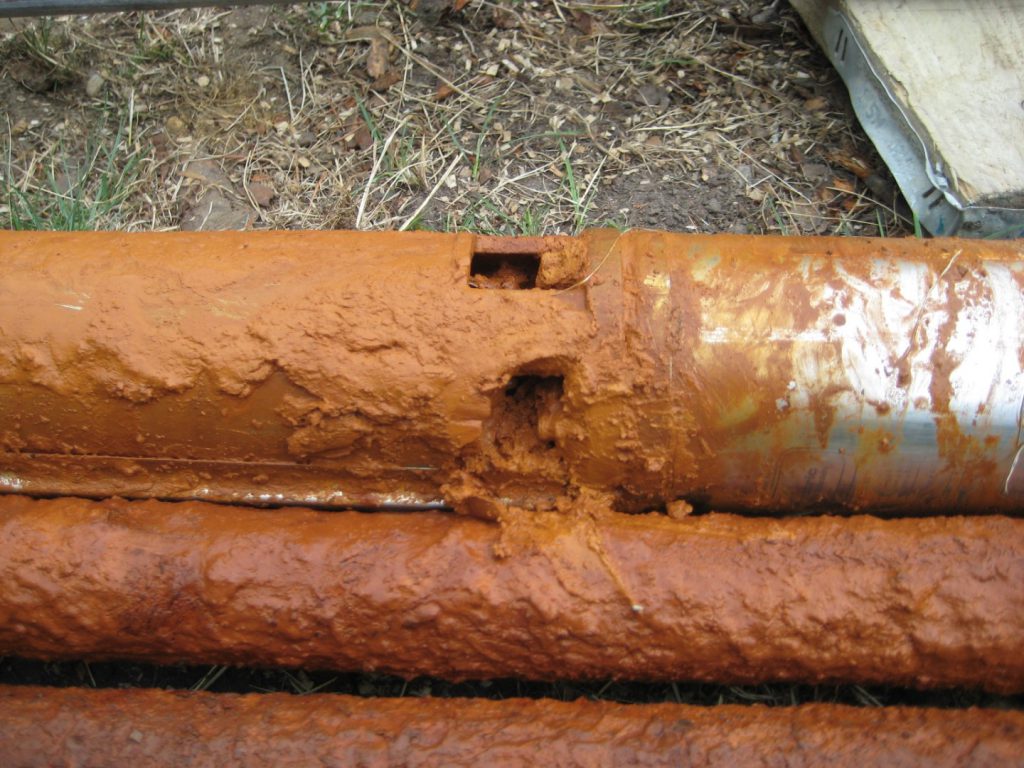Regulations
Your local authority (LA) is responsible for monitoring, risk assessing and recording all PWS’s in their district, however this is a massive task for them to undertake. Usually underfunded but not lacking in enthusiasm they are a good place to start if you have recently moved into a property with a PWS. PWS’s are usually part of the Environmental Health Team’s portfolio.
The DWI (Drinking Water Inspectorate) advises the LA’s and ensures that the regulations are enforced. The LA’s have to submit an annual PWS report to the DWI.
Responsibility for a PWS is that of the ‘relevant person’. In most cases this is straight forward with the owner/occupier being the relevant person. In other cases it can be very ambiguous as to who is relevant. Sites with multiple users or boreholes located on adjacent properties can make selecting the appropriate person difficult.
Most of the time unofficial agreements between users run along well but in other cases it can become very messy! You could be the ‘relevant person’ so get to know your private water supply!
PWS’s using less than 10m3/day (10,000 litres per day) of water are very much as the old class F supply. These serve an owner/occupier single domestic property. Generally you are unlikely to receive a visit from your LA unless you approach them for help.
Once a PWS is used for anything commercial it must be compliant and safe. This could be as small as a B & B or a stand pipe to a small camp site, anything that involves a member of the public or someone not associated with the original users of the supply using the water.
Then there are larger commercial sites such as hotels, garden centres, breweries, distilleries and restaurants etc. Depending on how much water they use will determine how often they are monitored by the LA.
Industrial supplies are also required to be compliant and again monitored by the Local Authorities.
Interpretation of the regulations can vary a little between LA’s. This is most noticeable in treatment guidance and what may be the most appropriate treatment methods. However, all are striving to improve your water quality.
Once you are aware of a problem with your water this is when you turn to the PWS industry for help.


















